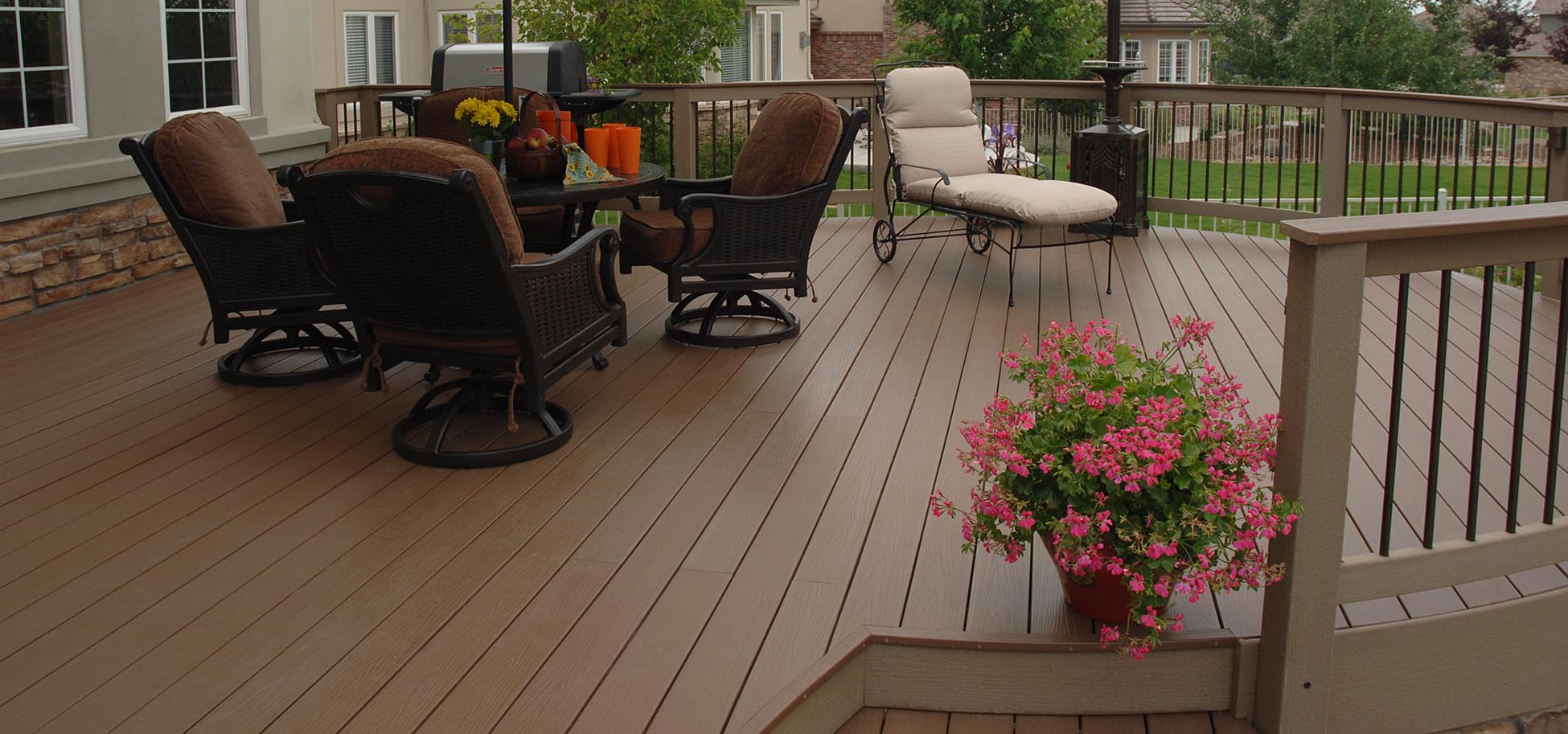Moldy Mess: The Dangers of Composite Decking

Composite decking is becoming more and more popular due to its low maintenance and durability. It’s also inexpensive, and easy to clean, and many people like the way it looks, making it an excellent option for homeowners looking to get the most out of their home without breaking the bank. But composite decking has one major drawback: mold growth. Composite decking is susceptible to mold in a way that traditional hardwood or cedar does not have to worry about.
A brief introduction to mold
Most homeowners are familiar with common household molds, such as Cladosporium, a mold that produces small, airborne spores and causes allergies; Penicillium and Aspergillus, common molds that infect and decay materials such as bread and cheese; or Stachybotrys chartarum, which is commonly found in water-damaged buildings. Composite decking’s fine wood particles are susceptible to becoming a petri dish for these types of mold. However, there are many more harmful molds out there than just those mentioned above.
Composite decking can be particularly susceptible to greenish-black stains from a mold called bluish-black stain or black stain. This type of mold is also known as Fusarium and has been linked to respiratory illnesses like asthma. It can also lead to skin irritation and rashes when touched directly. If you suspect your composite decking has been infected by any type of mold, it is important that you clean it immediately! Mold can cause structural damage if left untreated so rengöra komposittrall must be done quickly before further damage occurs! There are several ways you can effectively remove mildew from your composite decking without damaging it permanently. Follow the steps below
Mold hides in plain sight
Composite decking, made from a combination of plastic and wood flour— finely ground pieces of lumber—was created to mimic natural wood. Unfortunately, it is difficult to clean composite decking because its fine particles become trapped in any crevice or crack where water can hide. Even worse, mold infestation is not visible to untrained eyes; by their very nature, hiding spots are also great places for mold to grow! Mold grows slowly at first, but can quickly develop into dangerous situations if left unchecked.
Composite decking may look nice on your patio, but be careful if you choose to install it—you may regret your decision later on. The price of composite decking is often higher than that of real wood, which makes sense when you consider that plastic was involved in creating it. However, what many consumers don’t realize is that composite decks cost more than just money —they could cost you your health too!

How do I test my deck?
You should test your deck for mold regularly to make sure that it is not contaminated. There are many home tests for mold available, but only a few can detect if you have black mold on your composite deck. Mold testing kits can be purchased from local hardware stores or online and are relatively inexpensive. Kits will include a petri dish, a bottle for collecting samples, and detailed instructions about how to use them.
What should I do with my existing deck?
There is a way to komposittrall pris without destroying it. Even if your deck has mold or another stain that can be removed, you should still consider replacing it. Decks made from composite materials do not last long and when it comes time for replacement there will be a greater expense to move existing deck boards than it would have been to simply remove and dispose of them when they first became damaged or stained. For any homeowner, installation costs can easily run into five figures, which also makes removal difficult as well.
More Articles : Home With Interior Design



